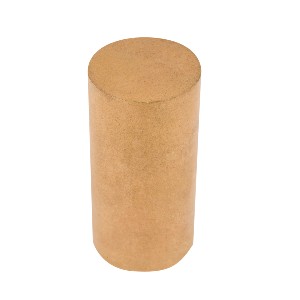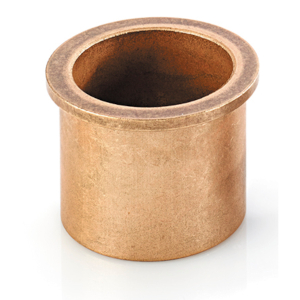How to machine a Metafram bushing?
Sometimes applications or uses do not match the range of self-lubricating rings offered by Metafram. For large series, it may be interesting to contact us to study the possibility of serial tooling. Otherwise, good news, Metafram self-lubricating bearings are machinable.
Why machine a self-lubricating bushing?
Whether it is BP25 bronze, FP20 iron or SO16, it may sometimes be mandatory to go through a machining phase of the bearings. This machining generally occurs in two major cases:
Creating a part from a blank

In this case, the part is made by machining from start to finish. When the series become more important it can be interesting to go through a tool creation. At Metafram we have a wide range of machining blanks.
Finishing a part by machining

The powder metallurgy and sintering processes have many advantages, but some forms are not feasible. A stage of reworking is sometimes necessary (reworking chamfers, flanges, etc.)
How to machine a Metafram bushing?
In the machining guide you will find the recommendations that will allow the Metafram bushing to retain all of its characteristics. The goal is to work the bearing while maintaining the porosities on the work areas in order to guarantee the self-lubrication of the material.
Recommendations are made on the different stages of machining a ring such as turning, drilling or tapping. The cutting conditions vary depending on the BP25 bronze, FP20 iron or SO16 material when machining the self-lubricating bushing.
After machining, washing and then re-impregnation is required to give the pad its self-lubricating characteristics.
If these steps are not performed correctly, the life of the bearing may be severely impacted. If in doubt, do not hesitate to contact us.
